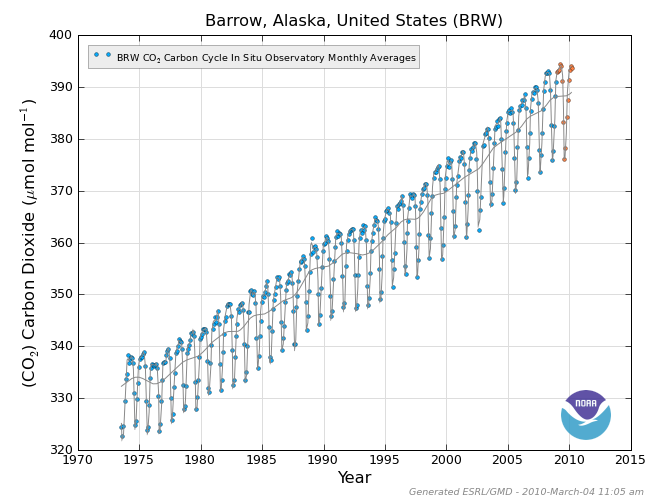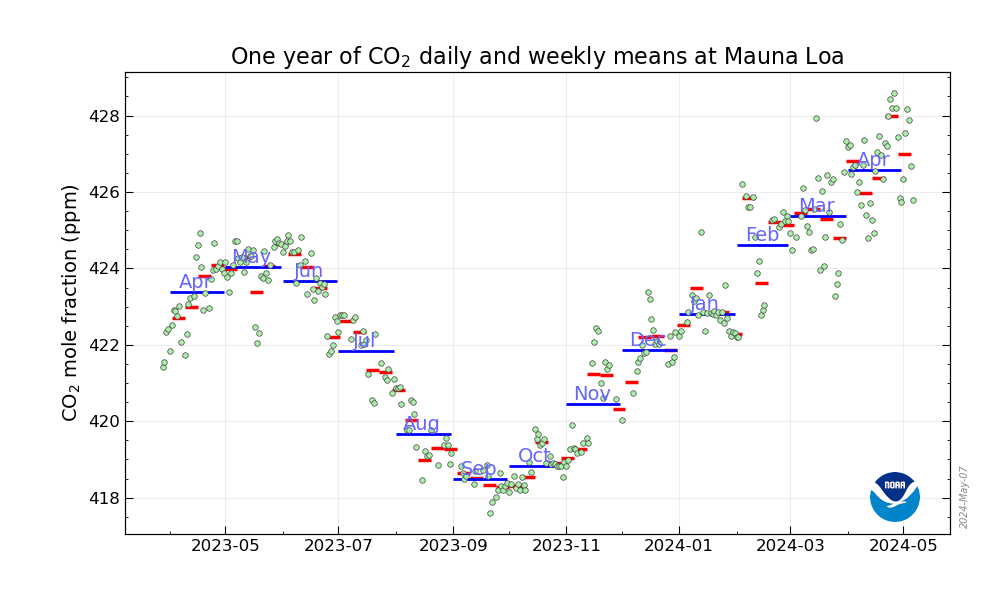I think you are in argument mode, or borderline, where I am (trying to be) in analysis mode.
Then expand your analysis mode to make it a more reasonable analysis.
I posted MLO just to show the obvious impact on solar forcing of large eruptions, not that that ONE data point was sufficient for what you are trying to get from it.
Still the change at MLO clearly shows that a significant impact of these large Volcanos would be to lower the incoming radiation and thus to slightly cool the planet.
Which is COUNTER to the OP (since no large change in global CO2 ppm is seen, indeed cooling causes the annual rise in CO2 to slow down a bit).
But even that amount of Volcanic induced cooling can still be overcome by other climatic impacts, such as El Nino, hence the moderation of El Chichon referenced earlier.
But there are many other factors, and indeed, the largest factor is something that we still can't measure that well, the planet's average albedo.
As a reference point, Budyko (1969) postulated that a change in planetary albedo of less than 2% could cause global glaciation of the climate system. The radiative forcing associated with a doubling of carbon dioxide above the preindustrial atmospheric concentration (3.7 Wm-2, IPCC 2007) is approximately equivalent to a 1% change in planetary albedo. The magnitude of temperature variability seen over the Holocene (Moberg at al. 2005) is consistent with planetary albedo variations of 1% or less (Callahan 1994 and Bender 2010). The global average temperature is extremely sensitive to planetary albedo.
http://www.atmos.washington.edu/~aaron/files/Download/Donohoe_Battisti_Albedo.pdf
But then albedo is typically increased by Volcanic activity.
Aqueous Id said:Consider the classic MLO plot below, for atmospheric CO2.... Notice the ripple. Presumably this is seasonal variation in CO2 outgassing by plants. What interests me about this is whether you will see a ripple south of the equator, but 180° out of phase. If not, would this mean one hemisphere drives the global CO2 load more than the other?
No you won't.
The SH uptake of CO2 is out of phase with the NH, but not nearly enough seasonal plant area to create a reversed ripple.
http://www.esrl.noaa.gov/gmd/dv/data/index.php?site=spo¶meter_name=Carbon+Dioxide
Ah, not "outgassing by plants", just the opposite.
When plants are growing the CO2 uptake by plants is higher and thus helps to lower the global CO2 levels. Because CO2 is a well mixed gas, it's based on the variation in the average global growing season, and the majority of the seasonal variation is in the NH, not the SH, and so global CO2 levels pretty much follow the NH growing season.
Notice how much more extreme the swing is in a NH monitoring station than an Equatorial one like MLO (about twice)


Arthur
